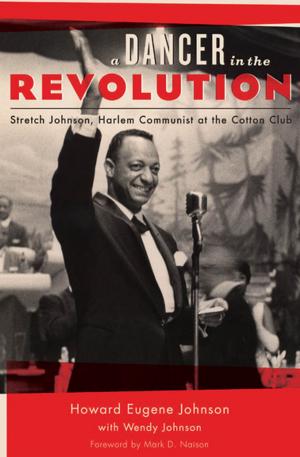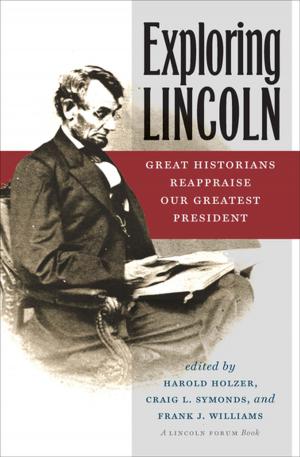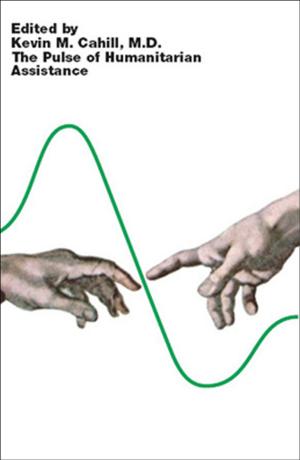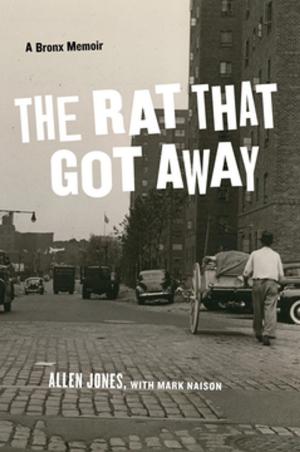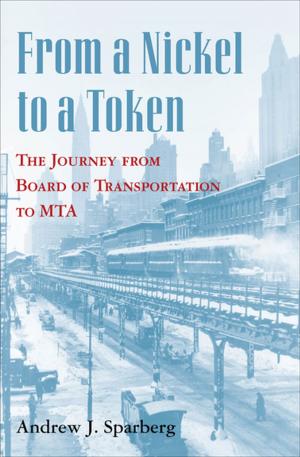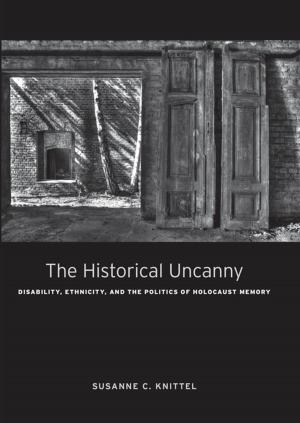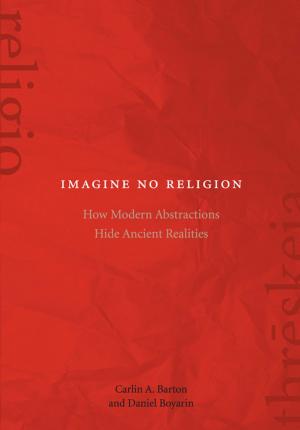Miracle on High Street
The Rise, Fall and Resurrection of St. Benedict's Prep in Newark, N.J.
Nonfiction, Religion & Spirituality, Christianity, Youth Ministries, History, Americas, United States| Author: | Thomas A. McCabe | ISBN: | 9780823233120 |
| Publisher: | Fordham University Press | Publication: | December 1, 2010 |
| Imprint: | Fordham University Press | Language: | English |
| Author: | Thomas A. McCabe |
| ISBN: | 9780823233120 |
| Publisher: | Fordham University Press |
| Publication: | December 1, 2010 |
| Imprint: | Fordham University Press |
| Language: | English |
Just outside downtown Newark, New Jersey, sits an abbey and school. For more than 150 years Benedictine monks have lived, worked, and prayed on High Street, a once-grand thoroughfare that became Newark’s Skid Row and a focal point of the 1967 riots.
St. Benedict’s today has become a model of a successful inner-city school, with 95 percent of its graduates—mainly African American and Latino boys—going on to college. Miracle on High Street is the story of how the monks of St. Benedict’s transformed their venerable yet outdated school to become a thriving part of the community that helped save a faltering city.
In the 1960s, after a trinity of woes—massive deindustrialization, high-speed suburbanization, and racial violence—caused an exodus from Newark, St. Benedict’s struggled to remain open. Enrollment in general dwindled, and fewer students enrolled from the surrounding community.
The monks watched the violence of the 1967 riots from the school’s rooftop along High Street. In the riot’s aftermath more families fled what some called “the worst city in America.”
The school closed in 1972, in what seemed to be just another funeral for an urban Catholic school. A few monks, inspired by the Benedictine virtues of stability and adaptability, reopened St. Benedict’s only one year later with a bare-bones staff . Their new mission was to bring to young African American and Latino males the same opportunities that German and Irish immigrants had had 150 years before.
More than thirty years later, St. Benedict’s is one of the most unusual schools in the country. Its remarkable success shows that American education can bridge the achievement gap between white and black, as well as that between rich and poor. The story of St. Benedict’s is about an institution’s rise and fall, resurrection and
renaissance. It also provides valuable insights into American religious, immigration, educational, and metropolitan history. By staying true to their historical values amid a continually changing city, the downtown monks, in resurrecting its prep school, helped save an American city.
Some have even called it the miracle on High Street.
Just outside downtown Newark, New Jersey, sits an abbey and school. For more than 150 years Benedictine monks have lived, worked, and prayed on High Street, a once-grand thoroughfare that became Newark’s Skid Row and a focal point of the 1967 riots.
St. Benedict’s today has become a model of a successful inner-city school, with 95 percent of its graduates—mainly African American and Latino boys—going on to college. Miracle on High Street is the story of how the monks of St. Benedict’s transformed their venerable yet outdated school to become a thriving part of the community that helped save a faltering city.
In the 1960s, after a trinity of woes—massive deindustrialization, high-speed suburbanization, and racial violence—caused an exodus from Newark, St. Benedict’s struggled to remain open. Enrollment in general dwindled, and fewer students enrolled from the surrounding community.
The monks watched the violence of the 1967 riots from the school’s rooftop along High Street. In the riot’s aftermath more families fled what some called “the worst city in America.”
The school closed in 1972, in what seemed to be just another funeral for an urban Catholic school. A few monks, inspired by the Benedictine virtues of stability and adaptability, reopened St. Benedict’s only one year later with a bare-bones staff . Their new mission was to bring to young African American and Latino males the same opportunities that German and Irish immigrants had had 150 years before.
More than thirty years later, St. Benedict’s is one of the most unusual schools in the country. Its remarkable success shows that American education can bridge the achievement gap between white and black, as well as that between rich and poor. The story of St. Benedict’s is about an institution’s rise and fall, resurrection and
renaissance. It also provides valuable insights into American religious, immigration, educational, and metropolitan history. By staying true to their historical values amid a continually changing city, the downtown monks, in resurrecting its prep school, helped save an American city.
Some have even called it the miracle on High Street.


